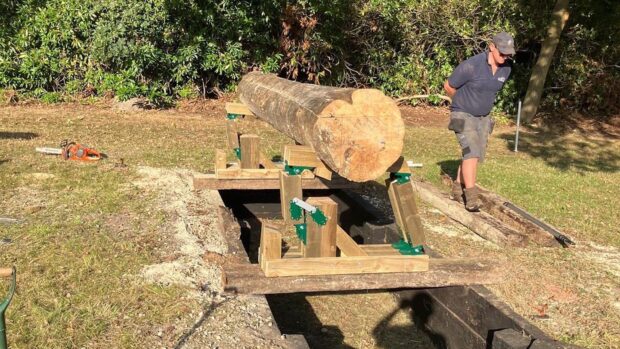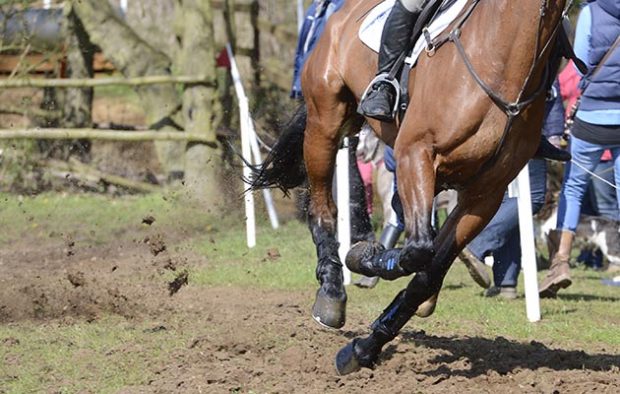Engineers are to monitor special fences at 15 British Eventing (BE) competitions as part of research into how to make the sport safer.
Competitive Measure, a sports engineering consultancy, has been tasked by BE to set up a temporary fence, equipped with four sensors in the top rail and a camera, at novice and intermediate events this summer.
These will measure the direction and strength of force exerted if and when the fence is hit.
The project is being financed by Goodyear as part of an ongoing safety partnership with BE.
The collaboration has included the funding of computer software for technical advisers at events allowing them to send data about accidents straight to the BE database.
“Because of the number of fatalities in 1999 [five in the UK], BE is far ahead of the game compared with the other national federations,” said Jonathon Clissold, former BE sport and technical adviser, who is managing the project.
“It will be a portable ascending fence, which can stand alone or be used as part of a combination, and it’s up to them [the course-designers] where they put it on the course, but we hope it will be jumped as many times as possible.
“There is a 30% chance of injury from a rotational fall [according to the International Equestrian Federation’s 2006 eventing safety figures], so if some of the horses hit the fence we can measure the forces which lead to rotation.”
The fence will be at a number of BE events, including Belton, Brigstock and Felpertham.
The team also has permission to fit sensors to existing fences at Gatcombe and Burghley.
The information will be used by the FEI and BE to inform research into safer cross-country fences.
The current BE safety measure, the frangible pin, was introduced in 2002 after investigation by the Transport Research Laboratory (TRL) and the British Horse Trials Association (as BE was then called).
But a number of innovations, including breakable Lego-like jumps and cardboard rails that break on impact, have been suggested by other equestrian federations.
At the recent FEI eventing safety forum in Denmark, experts said more research must be done into the forces exerted by falling horses before radically different fence construction can be considered.
David O’Connor, chairman of the FEI’s Eventing Safety Sub Committee, said: “We have information relating to vertical impact on jumps but the experts need to look into what happens where there is horizontal impact and that’s where this research comes in.”
This news story was first published in Horse & Hound (14 February, ’08)



